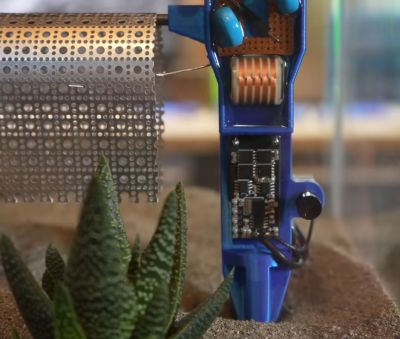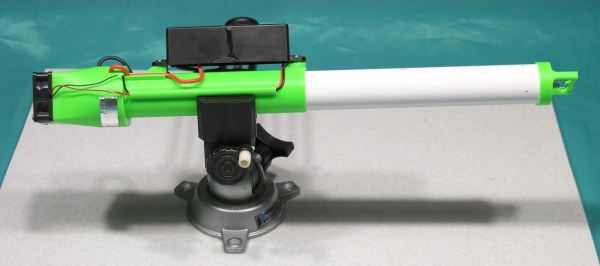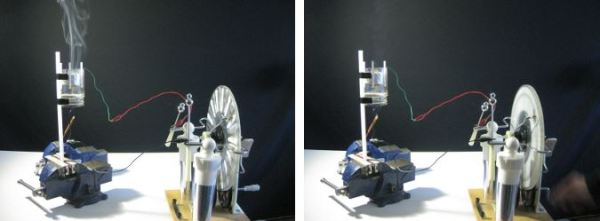Atmospheric water harvesting is a way to obtain fresh water in arid regions, as there is always some moisture in the air, especially in the form of morning fog. The trick lies in capturing this moisture as efficiently as possible, with a range of methods available that start at ancient low-tech methods involving passive fog droplet capture all the way to variants of what are effectively large dehumidifiers.
A less common way involves high-voltage and found itself the subject of a recent Plasma Channel video on YouTube. The inspiration for the build was a 2018 paper by [Maher Damak] et al. (PDF) titled Electrostatically driven fog collection using space charge injection.

Rather than passively waiting for dew to collect on the collector, as with many of the methods detailed in this review article by [Xiaoyi Liu] et al., this electrostatic approach pretty much does what it says on the tin. It follows the principle of electrostatic precipitators with a high-voltage emitter electrode to ionize the air and grounded collector wires. In the video a small-scale version (see top image) was first constructed, demonstrating the effectiveness. Whereas the passive grid collected virtually none of the fog from an ultrasonic fog maker, with 35 kV applied the difference was night and day. No water was collected with the first test, but with power applied a significant 40 mL was collected in 5 minutes on the small mesh.
With this scale test complete, a larger version could be designed and tested. This simplifies the emitter to a single wire connected between two stakes, one of which contains the 20 kV HV generator and battery. The mesh is placed right below it and grounded (see image). With an extreme fog test inside a terrarium, it showed a very strong effect, resulting in a harvest of 14 mL/Wh for this prototype. With a larger scale version in a real-life environment (i.e. desert) planned, it’ll be interesting to see whether this method holds up in a more realistic scenario.















